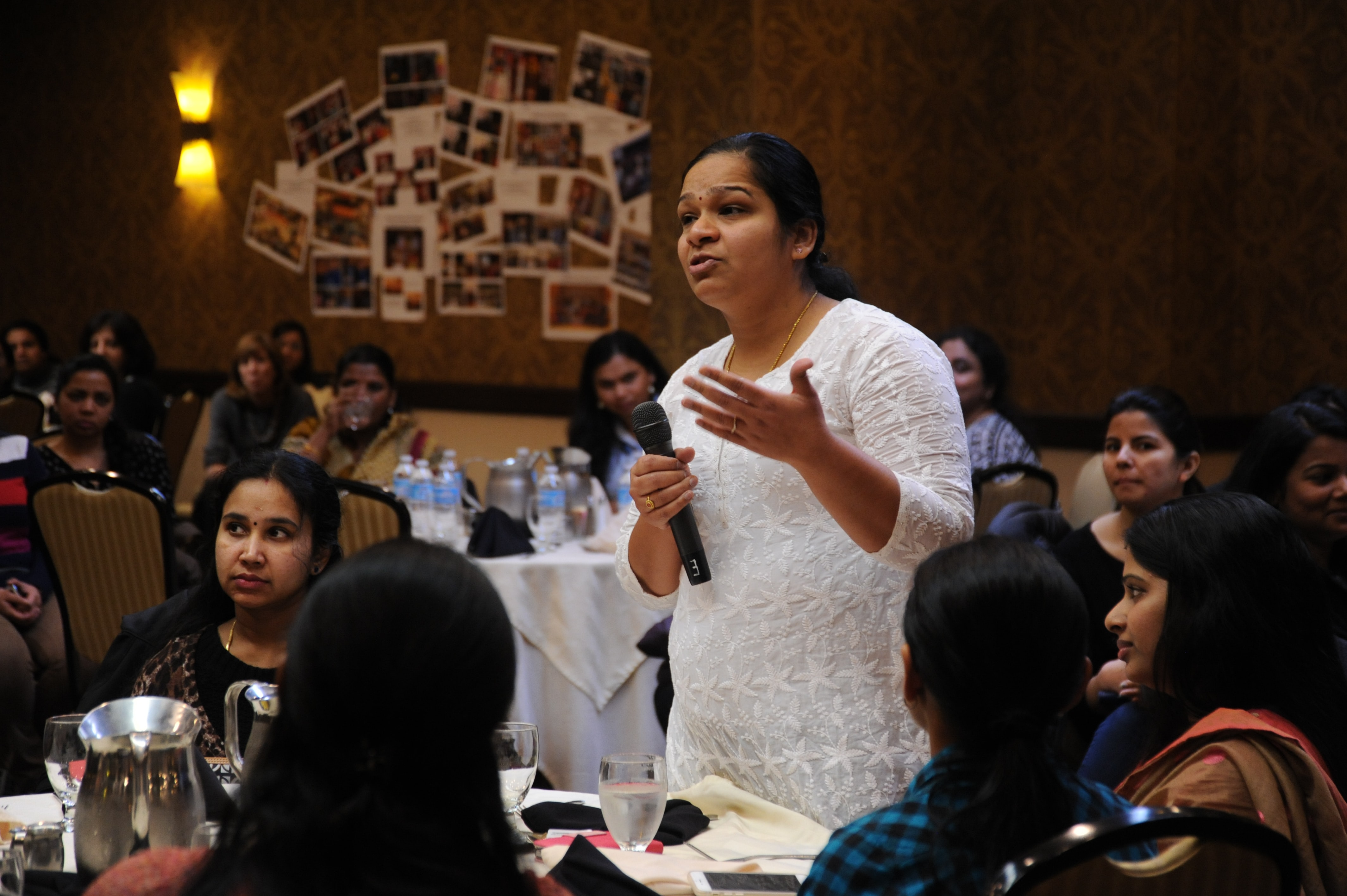What Does Stakeholder Mean? Essential Definitions and More

Hearing the word “stakeholder” a lot and want to double-check that you know your facts?
Stakeholders are important for nearly any organisation or project. Chances are, you already know something about stakeholders, but it’s a good idea to dig deeper and get the full picture.
Let’s start with a simple stakeholder definition…
What Does Stakeholder Mean?
Stakeholder means any people or groups who are positively or negatively impacted by a project, initiative, policy or organisation. They could be internal (people within your organisation) or external (people outside of your organisation).
Your stakeholder definition should also include people who should have a say and involvement in decisions, as well as groups/people who represent particular interests, like environmental groups, NGOs, and so on.
Some stakeholders may have a considerable impact on the project itself – determining how much it could succeed or fail. But not all shareholders have equal weight – some sit on the outskirts, while others can have a much greater impact on or are more impacted by the project.
You’ll find that stakeholders are referred to a lot in large businesses, government organisations, and large-scale project management, but stakeholders exist for any project and organisation, no matter the size.
So, now that you know what stakeholder means, let’s go through some examples…
Examples of Stakeholders
A lot of the time, stakeholders are part of wider groups who have similar characteristics and/or interests in the project. Here are some common examples of stakeholder groups:
- Partners
- Owners
- Shareholders
- Executives
- Employees
- Internal team for the project
- Creditors
- Suppliers
- Wholesale resellers
- Referral partners & affiliates
- Customers
- Users
- Industry groups
- Unions
- Media organisations
- Regulators
- Government
- Community groups
- Local public
You might also split your stakeholders up into groups like internal vs external, high or low income, individuals vs groups, senior vs junior level, and so on.
How to Define Your Stakeholders
There are a lot of different methods you can use to define your stakeholders. Here are 5 ways you can start to list out your stakeholders and anyone who may be impacted by or have an impact on your project:
- Look at your organisational chart and list out any relevant roles or individuals
- Review previous projects you’ve worked on and the groups or people who were impacted
- Brainstorm with pen and paper or sticky notes, capturing any person or group that comes to mind, then put it in order when you’re done
- Mindmap it out using a tool like Draw.io
- Research different roles and groups that are specific to your industry or project (along with the generic stakeholder examples we listed above)
Defining your stakeholders is a very important activity and the first step to both stakeholder management and engagement. So make sure you give yourself time to do it properly – you’ll need to think about your project carefully, along with all the details and people involved and what the outcomes are likely to be.
I’ve Defined My Stakeholders. Now What?
There are a lot of things you can do with your stakeholder list, depending on what you want to achieve with your project or organisation. You might…
Create a Stakeholder Management Plan
Once you’ve defined your stakeholders, the next logical step is to make a plan so you know what to do with them. Your stakeholder management plan is a written strategy that includes information on your stakeholders and information on your project, organisation and resources. It should clearly lay out your objectives and the strategy, tactics and messages required for each stakeholder group. Finally, it should include details on how you’ll evaluate your efforts and know whether your plan has been successfully implemented.
If you’re interested, read more about what stakeholder management is and learn how to create your plan.
Increase Stakeholder Engagement
Stakeholder engagement is hugely beneficial for organisations and projects. Engaged stakeholders get the opportunity to contribute to and impact on policies, processes and changes that will affect them. They can provide their perspectives and expertise, and help you innovate. With the extra information coming in from your stakeholders, you’ll make better decisions and create better products, services or policies. Stakeholder engagement can also help with risk management, since you’ll often identify risks earlier on in the process. Finally, high levels of stakeholder engagement go hand in hand with increased transparency and accountability, leading to increased trust.
If you’d like to increase stakeholder engagement, you’ll need to put together a plan and process for this. A stakeholder engagement tool like the new Simply Stakeholders will help you and your team stay on top of any tasks and communication you’ve got planned.
Conduct Public Consultation

Public consultation seeks to get feedback and perspectives from the public. This usually happens at the proposal/draft phase of a project or policy to allow the public to help shape decisions.
The very first step of public consultant is stakeholder identification – the public is really just another way of saying “stakeholders”. Although in this case, it usually means people and organisations who:
- Are affected by the decision
- Have an influence on the decision
- Know about the issue
- Have an interest in the issue
The extent of your “public” and how you consult with them will generally depend on the resources you have available.
Run Stakeholder Analysis
You can define your stakeholders, but do you really know them? Not really – that is, not until you properly analyse them. Stakeholder analysis can give you a more complete picture of the stakeholder landscape by identifying the issues your stakeholders care about, their sentiments, what they’re interested in, key contacts and relationships, plus more. This information will inform your stakeholder management and engagement plans, where you focus your efforts and the key messages you choose to communicate.
Create a Stakeholder Management System
Defining your stakeholders is an important first step, but don’t stop there. No matter what you plan to do next, it’s important to put a solid system in place to help you keep track of their details, any communication with them and any important data.
Set up a stakeholder management system to keep everything in one place and make sure you (and your team) stay on track with your plans and communication.
Simply Stakeholders’ stakeholder engagement software contains powerful but easy-to-use tools to help you manage and engage your stakeholders. If you’re ready to get started with an excellent new approach to relationship management, talk to us today!






























